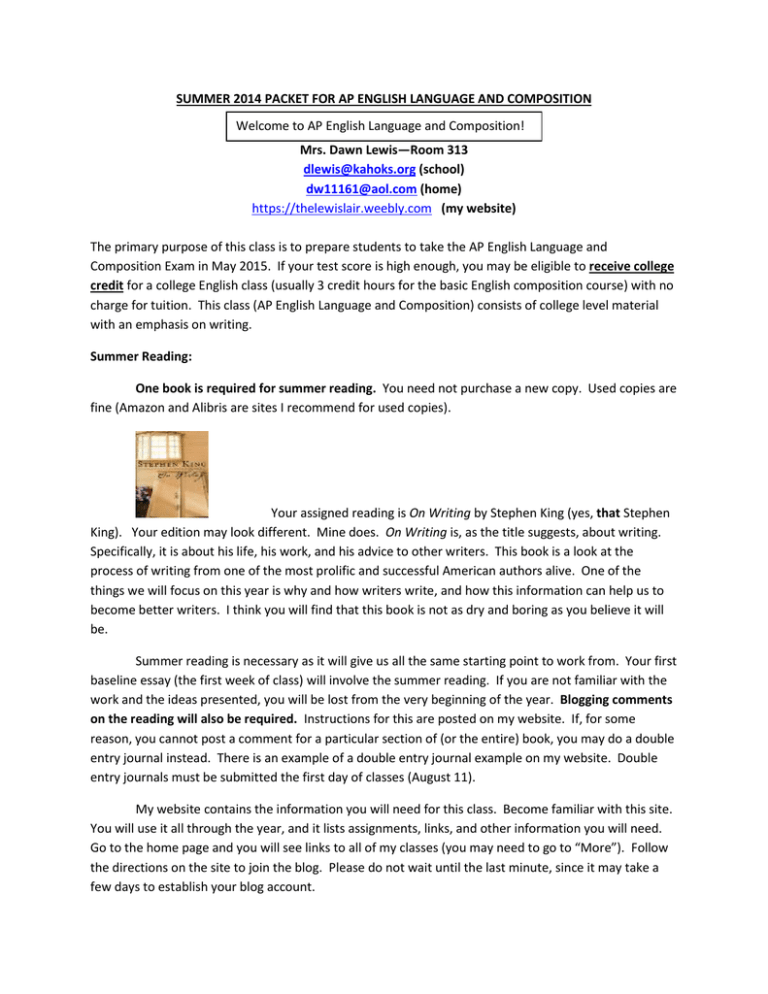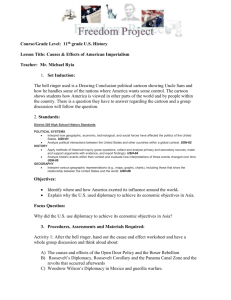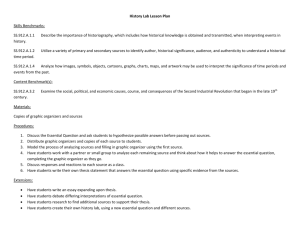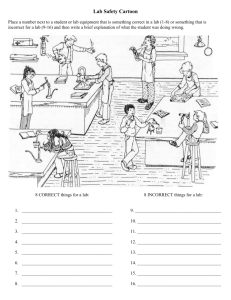Summer Assignments - The Lewis Lair
advertisement

SUMMER 2014 PACKET FOR AP ENGLISH LANGUAGE AND COMPOSITION Welcome to AP English Language and Composition! Mrs. Dawn Lewis—Room 313 dlewis@kahoks.org (school) dw11161@aol.com (home) https://thelewislair.weebly.com (my website) The primary purpose of this class is to prepare students to take the AP English Language and Composition Exam in May 2015. If your test score is high enough, you may be eligible to receive college credit for a college English class (usually 3 credit hours for the basic English composition course) with no charge for tuition. This class (AP English Language and Composition) consists of college level material with an emphasis on writing. Summer Reading: One book is required for summer reading. You need not purchase a new copy. Used copies are fine (Amazon and Alibris are sites I recommend for used copies). Your assigned reading is On Writing by Stephen King (yes, that Stephen King). Your edition may look different. Mine does. On Writing is, as the title suggests, about writing. Specifically, it is about his life, his work, and his advice to other writers. This book is a look at the process of writing from one of the most prolific and successful American authors alive. One of the things we will focus on this year is why and how writers write, and how this information can help us to become better writers. I think you will find that this book is not as dry and boring as you believe it will be. Summer reading is necessary as it will give us all the same starting point to work from. Your first baseline essay (the first week of class) will involve the summer reading. If you are not familiar with the work and the ideas presented, you will be lost from the very beginning of the year. Blogging comments on the reading will also be required. Instructions for this are posted on my website. If, for some reason, you cannot post a comment for a particular section of (or the entire) book, you may do a double entry journal instead. There is an example of a double entry journal example on my website. Double entry journals must be submitted the first day of classes (August 11). My website contains the information you will need for this class. Become familiar with this site. You will use it all through the year, and it lists assignments, links, and other information you will need. Go to the home page and you will see links to all of my classes (you may need to go to “More”). Follow the directions on the site to join the blog. Please do not wait until the last minute, since it may take a few days to establish your blog account. In addition to the summer reading, I ask that you obtain the following workbooks we will be using this school year. Both may be obtained from the publisher, Prestwick House, www.prestwickhouse.com or call 1-800-932-4593. Rhetorical Devices costs $14.95, while Vocabulary Power Plus for the ACT costs $8.99. Shipping is usually extra. Rhetorical Devices--This is a handbook that not only gives the meaning of different rhetorical devices, but allows students to practice finding them in real writing from writers varying from Shakespeare to John F. Kennedy, similar to what they will have to do on the AP exam. It also gives students practice in creating their own examples of various rhetorical devices. Vocabulary Power Plus for the ACT, Book Four—This workbook is designed to not only to acquaint students with the vocabulary they may encounter in college level readings but also to familiarize students with the questions in the style of the ACT. Please make sure you order Book Four for the ACT! Do not order the book for the SAT. Quizzes, tests, and writing assignments will be given based on the chapters in this workbook. IF YOU CANNOT OBTAIN A COPY OF ANY OR ALL OF THE SUMMER READING BOOK OR CLASS WORKBOOKS FOR ANY REASON, INCLUDING FINANCIAL HARDSHIP, PLEASE CONTACT MRS. LEWIS IMMEDIATELY. YOU NEED NOT GIVE ME A REASON. I WILL MAKE SURE YOU HAVE A BOOK. DO NOT WAIT UNTIL SCHOOL STARTS! Your summer schedule is as follows: We will start with On Writing. I do not give page numbers because of the number of different editions of the book. Look for chapters or chapter headings. If I do not answer right away, do not panic. Keep in mind you may respond to what I am asking or to another student’s comment. Blogging more than once per section may result in additional points. Section One—Stop at “What Writing Is” Posting Due June 21 Section Two—Stop at “On Writing” Posting Due June 28 10 pts. 10 pts. Section Three—Stop at “On Living: A Postscript” Posting Due July 5 10 pts. Section Four—Finish book Posting Due July 12 10 pts. Three Levels of Interpretation Your blog comments should attend to all three levels of thinking as listed below; however, the majority of your comments should be Level Two (interpretive / analytical): Level 1 Level 2 Level 3 Literal—found directly in the text Interpretive/Analytical—found by making inferences Questions/notes about the author’s choices Universal/Thematic—found outside of the text Questions/notes about how the text relates to the world outside the text, including how it relates to my life and what I know Questions/notes that check for understanding Reading and Blogging Done! On to the second part of the packet. Again, more information will be available on the website . You or your parents may contact me through my e-mail address (home address) during the summer or during the school year (school address) should you have questions or concerns. Summer Assignments The following are to be done before the beginning of the school year and are due the first day of classes (August 11). This will give you some idea of the types of assignments we will be doing during the year. Do the best that you can. I am looking for good effort. At this point in time, effort counts more than all correct answers. This is how I will test your ability level. Although the grading will be “gentle,” you should still do your best work. Use fully expressed ideas to finish all of the following assignments. In other words, Advanced Placement classes are conducted at a collegiate level, and your ideas should not be expressed in sentence fragments or with unsupported assertions. Assignments listed below together with blogging totals 200 pts. Make sure you complete all! Graphic organizers are provided at the end of the packet and are available on my website. Copy as many as you need to complete the assignments. Viewing. Watch and take notes on the video at http://www.youtube.com/watch?v=h7zTd-aXSQg. Pay special attention to the information about ethos. You need to know and understand this concept to finish your summer assignments. Your notes will not be graded but will be necessary to do assignments. You will be quizzed on this information the first week of class. Website Analysis. Using one of the following websites (based on the first letter of your last name), conduct an analysis as instructed. 50 pts. BP Global (A-B) R.J. Reynolds (C-E) Radar Online (F-G) Ebony Magazine (H-J) Northwestern University (K-L) University of Phoenix (M-N) Doctors without Borders (O-Q) World Wildlife Fund (R-S) World Wrestling Entertainment (T-V) The Onion (W-Z) Step One: Complete an OPTIC graphic organizer on your assigned website to help focus your writing. Step Two: In a short essay (no more than 3 paragraphs maximum) with well-developed paragraphs, discuss how the company or organization constructs their image and ethos and uses the web page to achieve their ends. Turn in with graphic organizer. Consider all that goes in to ethos and these points: The audience for the site (who visits it? why do they visit it?). What you know of this company already? Analyze how the site functions to construct/support/invent the company's ethos. To what extent is the page successful in promoting or projecting the desired ethos? How do they convey things like honesty, integrity, organizational abilities, ethics, coolness, fun? How does the Web site convey the message that "this is a good company or organization?" Keep in mind that "good" may mean very different things to different audiences. Consider all elements: copy, text, fonts, images, links, navigation features, topics, colors, and attitude. Speech Analysis. Use this website to listen to or view the speech while reading the transcript. Then conduct an analysis on it as instructed. 40 pts. http://www.americanrhetoric.com/speechbank.htm “Pearl Harbor Address to the Nation,” Franklin D. Roosevelt Step One: Complete a SOAPSTONE graphic organizer for this speech to help focus your writing. Step Two: In two well-developed paragraphs, explain why Roosevelt selected the details he included in his speech and why he neglected to mention other details about the bombing of Pearl Harbor. Turn in with graphic organizer Political Cartoon Analysis. Using the two cartoons below, conduct an analysis on each one as instructed. 40 pts. Step One: Complete a Cartoon Analysis Worksheet graphic organizer for each cartoon to help focus your writing. (You will turn these in with the writing.) Step Two: In a well-developed piece of writing (two paragraphs for each), analyze how the parts of the cartoon impact its meaning. Consider the following: What are the event(s) or issue(s) that inspired the cartoon? Are there any real people in the cartoon? Who are these people? Are there symbols in the cartoon? What are they, and what do they represent? What is the cartoonist's opinion about the topic portrayed in the cartoon? Current Events Analysis. As an AP Language student, it is important to keep up on current events and be a student of the world. Please read THREE articles from reliable online or print newspapers. They cannot be from the same week. A week runs Sunday‐Saturday. Conduct an analysis on each one individually as instructed. 30 pts. Step One: Complete a SOAPSTONE graphic organizer for each article to help focus your writing. Step Two: Write a summary of each article, identifying the five W’s and H (Who, What, When, Where, Why, and How). Discuss which of the five W’s and H is the most important to this story and its impact. Attach a hard copy of the article to your writing and the graphic organizer. GRAPHIC ORGANIZERS BEGIN ON THE NEXT PAGE AND CAN ALSO BE FOUND ON THE WEBPAGE. SOAPSTONE ANALYSIS GRAPHIC ORGANIZER Subject The general topic, content, and ideas contained in the text. What is this piece about? Occasion The time and place of the piece; current situation or context which gave rise to the writing or speech. Audience The group of readers to whom this piece is directed. May be a person or small or a large group. Purpose The reason behind the text. What does the writer want the audience to do, feel, say or choose? Speaker What do we know about the writer’s life and views that shape this text? Tone What choice of words and rhetorical devices let you know the speaker’s tone? (Tone(s) should be expressed in adjective form.) Cartoon Analysis Worksheet Level 1 Visuals List the objects or people you see in the cartoon. Words (not all cartoons include words) Record any important dates or numbers that appear in the cartoon. Identify the cartoon caption and/or title. Locate three words or phrases used by the cartoonist to identify objects or people within the cartoon. . Level 2 Visuals Words What do you think each symbol means? Which of the objects on your list are symbols? Which words or phrases in the cartoon appear to be the most significant? Why do you think so? List adjectives that describe the emotions portrayed in the cartoon. Level 3 Describe the action taking place in the cartoon. Explain how the words in the cartoon clarify the symbols. Explain the message of the cartoon. What special interest groups would agree/disagree with the cartoon's message? Why? Designed and developed by the Education Staff, National Archives and Records Administration, Washington, DC 20408 OPTIC Graphic Organizer Overview Write a brief overview of the image: in one or more complete sentence(s), what is this image about? Parts Notice all parts, noting important details - anything: color, figures, textures, groupings, shadings, patterns, numbers, etc. Title & Text Use the title to clarify the subject of the image. Consider both literal and metaphoric meanings. What does the title suggest? Is there any text in the image—a caption, or words in the image itself? What might this text suggest? Interrelationships Specify the interrelationships in the image. In other words, how the parts are related, both to one another and the image as a whole. Consider how the parts come together to create a mood or convey an idea or argument. Conclusion Write a conclusion paragraph about the image as a whole: think about what the artist, photographer, creator, or designer might be trying to capture and convey, and what ideas, arguments, or implications this image presents.



